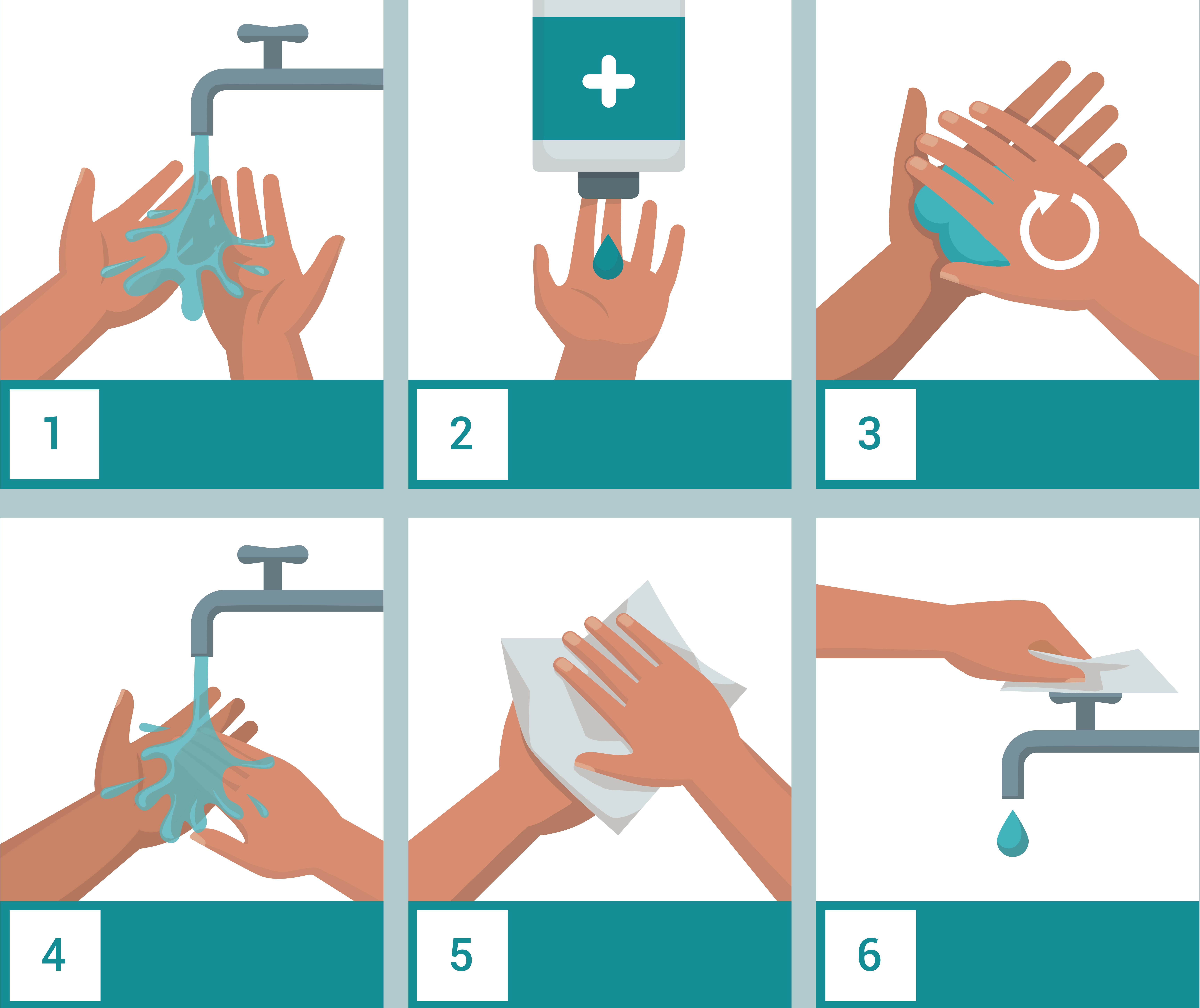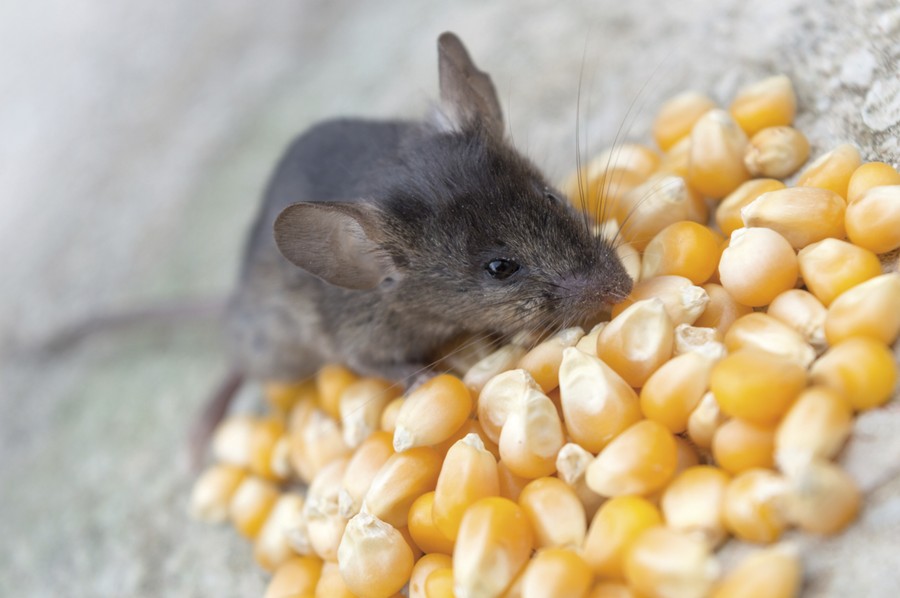Ten Steps to Safe Produce
There are many factors that farmers need to consider in controlling pathogenic microorganisms during produce production. By following Good Agricultural Practices (GAPs), foodborne illnesses from bacteria such as salmonella, E. coli, and campylobacter can be prevented.
Here are ten critical areas of focus that will help you ensure produce safety:
Educate everyone who works on the farm about GAPs to decrease the risk of contamination. Regulations require that all produce handlers be supervised and trained in produce safety practices suitable for their work activity.
Areas in which workers should be trained include:
- Field sanitation during production
- Personal hygiene
- During harvesting and transportation
- During processing and packaging
- During shipment and marketing
Keeping good personal hygiene is essential in most situations, but it';s especially critical for produce handlers. Proper food handling, which includes good personal hygiene, is crucial in fruit and vegetable production.
Personal hygiene is not only about your appearance. It's about preventing produce contamination that may end up causing food poisoning. Everyone carries a certain level of germs. Touching your eyes, mouth, nose, hair, or clothing and then proceeding to touch produce without washing your hands promotes the spread of germs.
Keep the following in mind when practicing proper personal hygiene:

Hand Washing
Hands must be washed and dried before you begin working or handling food after breaks, and in between errands such as taking out the garbage, dealing with raw meat products, and touching clothing, hair, or face. Remove all your jewelry, including rings.
- Dampen hands - Use warm-hot water (at least 100 degrees Fahrenheit)
- Apply cleanser, such as an anti-bacterial liquid soap, to hands. Avoid using bar soap if you can, as it can harbor harmful microbes. If you must utilize a bar cleanser, store it in a holder that permits for self seepage and clean the holder regularly.
- Lather and scour - Rub hands together with soap for at least 20 seconds, rubbing palms, back of hands, between each finger and under fingernails.
- Rinse - Rinse the soap off utilizing warm-hot running water for at least 20 seconds. Point fingers downward when rinsing.
- Dry hands - Dry hands thoroughly with paper towels.
- Turn off the tap - Use a paper towel to turn the tap off.
Dirty Clothing
Dirty clothing can lead to cross-contamination when microscopic organisms are transferred from clothing to produce. Wear a clean uniform at the start of your shift. Disposable, singleuse gloves ought to be worn and changed regularly. If you have a cut on your hand, it should be secured with gauze and cleaned periodically
Invest in developing an effective cleaning and disinfection program to ensure the correct leanliness guidelines are met. This includes cleaning and sanitizing produce preparation areas, machines and utensils used inside the packing house.
Adhering to the proper cleaning procedures will decrease bugs, rodents, flies, and cockroaches. Keep records of your sanitation activities.

Pest control plays a vital role in produce safety. Rodents can spread illness and cause harm to buildings and equipment. Insects can damage and contaminate produce. Investing in pest-monitoring equipment can help prevent pests from entering the produce-packing facility. Keep records of your pest control practices.
Post-harvest water is any water that is used during and after harvest, including during packing and holding activities. Uses of post-harvest water include:
- Rinsing/washing
- Commodity movement
- Cooling
- Ice making
- Post-harvest fungicide and wax
- Hand washing
- Cleaning and sanitizing
- Any water that directly contacts food contact surfaces
If contamination occurs in the field, it may spread through post-harvest water. Human pathogens are effortlessly spread through water, so being vigilant about proper sanitation, post-harvest water quality management and water treatment (chemical or physical) will lessen the danger of contamination.
All water use for washing produce must be potable (drinkable). If using well water, the water must be tested for bacteria. Municipal water does not need to be tested. You must never use surface water, such as streams and ponds, for post-harvest applications or for washing produce, since it is easily exposed to bacteria and pollution from animals, runoff and other sources.

Produce farmers rely on the use of chemicals for sanitation and pest control. Chemicals should be clearly labeled and stored to ensure that they are properly used and that they will not contaminate produce at any stage during production.
The assembly line ought to allow a plan for simple upkeep and cleaning of machines and surroundings. The machinery utilized for produce processing should comply with produce safety requirements. A poor plan can result in a build-up of produce scraps in hiding places that are troublesome to clean.
Use the following suggestions in cleaning your machinery at the end of the working day:
- Make sure your machinery is properly cleaned and sanitized.
- Inspect, maintain, clean, and sanitize all food contact surfaces.
- Validate cleaning and sanitizing protocols.
Safety also has to be applied during handling, storage, and transportation for products going to market.
At this stage, a range of factors must be considered to make sure the products do not become contaminated. Temperature and humidity, hygiene of vehicles, holding containers and packaging, and even security are all components that ought to considered.
The Food and Drugs Administration (FDA) gives direction on sanitary transportation of food for all sectors of the food industry. It broadly examines relevant recommendations for controls to avoid food security during transportation.


